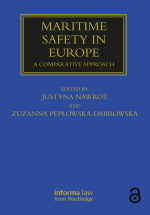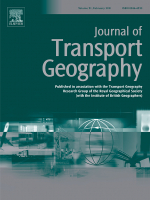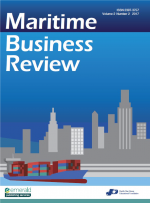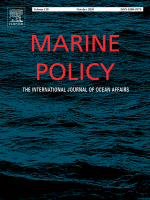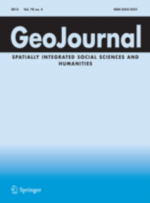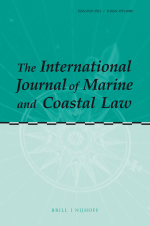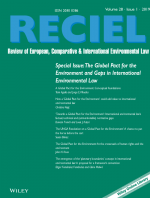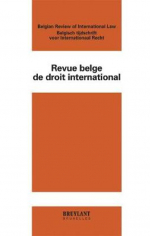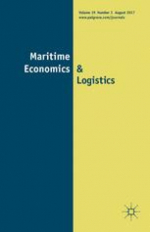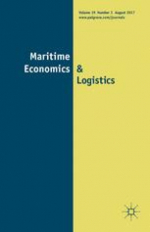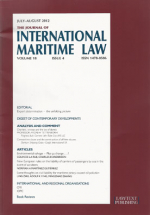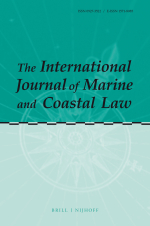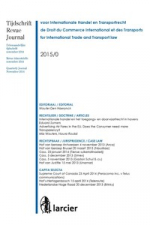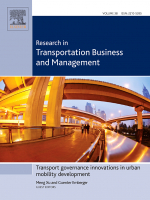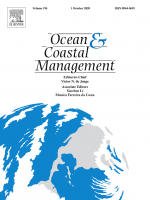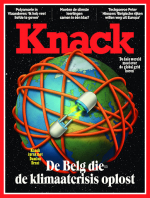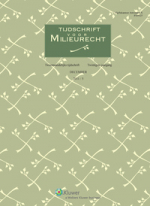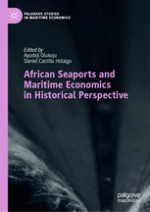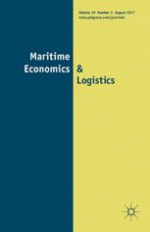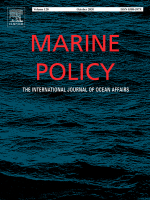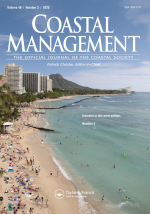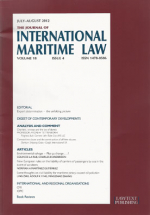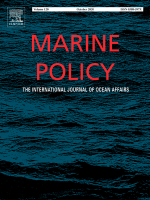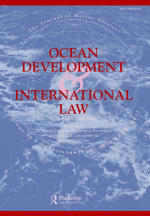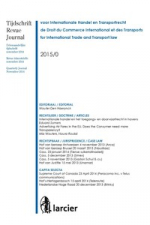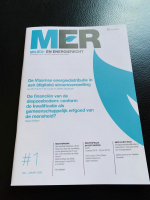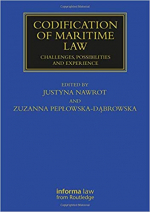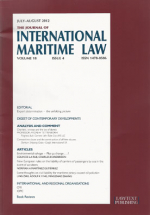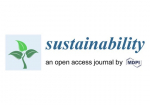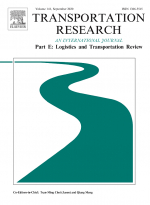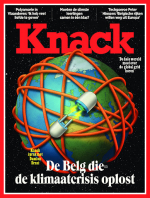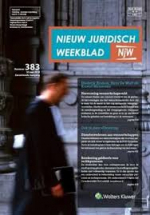Maritime safety in Belgium
Eric Van Hooydonk
(2021) Maritime safety in Europe. A comparative approach. In Maritime and Transport Law Library Series p.65-73
The book is concerned with the harmonisation of maritime safety legal systems in Europe. It describes maritime safety legal systems in selected European countries as well as maritime safety issues from the perspective of the International Maritime Organisation, European Union, and European Free Trade Association. Distinguished scholars from Europe's leading maritime law academic centres present national perspectives of maritime safety systems, questioning whether the adopted national solutions guarantee the compatibility with IMO and EU legal regime, as well as assessing the global and EU system. Moreover, the book seeks to provide some answers as to whether the IMO goals on maritime safety are adequate in light of current safety challenges and how to achieve higher level of enforcement of internationally-recognised maritime safety standards. It will be of great assistance to those readers who need to familiarize themselves with current problems inherent in maritime safety, whether that be lawyers, scholars, professional mariners, or national institutions.
